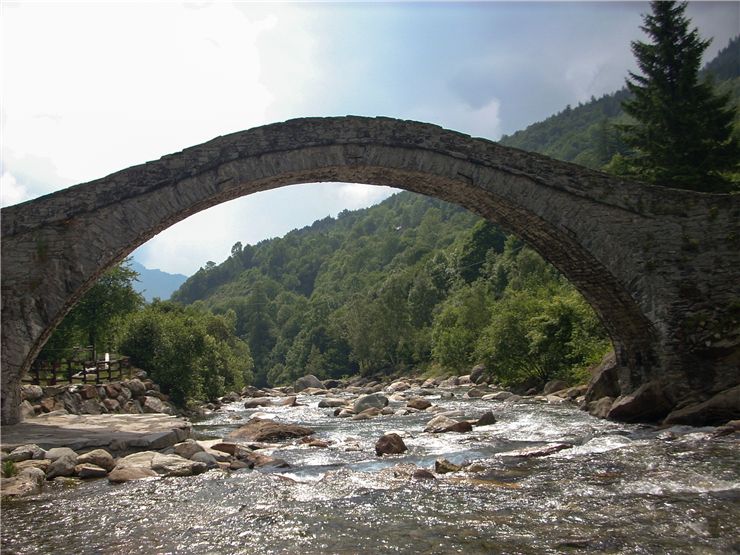What is Bridge:
A bridge is a structure that is built over a body to overcome some physical barrier such as water, valley, or road with natural or man-made materials and its purpose is to overcome that barrier. It is made strong so that it can carry its own weight and can carry who passed by it. Bridges were first used in ancient times after the rise of the first modern civilization in Mesopotamia.
Why was the bridge built?
The bridge was built to connect two or many places and make a communication system. This has made communication systems easier and faster that saves a lot of time.
When we need to cross a river, canal, or water surface then we need to build infrastructure like bridges. To cross the river we need to build bridges over river, canal or water. The idea of a bridge originated to overcome such obstacles like river, canal, hill, or water.
History of bridge:
The first bridges appeared in nature by themselves. Many times rocks fall into the river. It creates a temporary path over the river or tree falls into the water and fallen trees were used as bridge in ancient times.

When humans first started built bridges, they used wooden logs or planks, stones. Arkadiko Bridge is one of the oldest arch bridges which was created in the 13th century BC in Peloponnese Greece.
Ancient roman were the greatest bridge designers and builders and bridge was the part of roman architectural achievement in ancient time. They solved the greater construction problem in bridge design. They built the most strong, safe, and successful bridges some of which still stand today like arch bridges and aqueducts.
A definite achievement of Roman bridge architecture was the discovery of their arches. Using this type of building, the load force of the bridge was directed towards the curve of the arch, filling the abandoned ground with support at the end of the arch. For that reason, the Romans were able to build bridges that were much lighter than before and the bridge itself was able to carry twice as much load.
Romans could build very strong, light, and cheaper bridges from the materials which were available near the construction area. They used cement consisting of water, lime sand, and igneous rock for making bridges.
The Indians also built bridges, which are inscribed in their ancient text Artasthastra which was composed between the third and four centuries BC. They used bamboo and iron chains as metals.
The world’s oldest stone segmental arch bridge was built in China. It was built from 595 to 605 AD during the Sui Dynasty. The name of the bridge is Zhaozhou Bridge.
In the 16th Century, Inca Civilization built a simple type of suspension bridge by ropes. In the 18th Century, some engineers improved bridge-building and a writer named Hubert Gautier wrote a book on bridge engineering.

In 1779, the world’s first iron bridge was built in Coalbrookdale, England. It was the historical building of that time because it used cast iron for the first time.
After the industrial revolution in the 19th Century, a truss system of wrought iron was used in bridge design but it didn’t have the energy to carry large weights. While steel replaced iron, larger bridges were built because steel has higher tensile strength. The steel bridge was built for the first time with Gustave Eiffel's ideas.
The first welded road bridge in the world was built in 1927. Different types of bridges appeared and became possible due to technological advances after the Industrial Revolution.
Modern bridges are usually made of a combination of concrete, iron, steel, and cables. Bridges can be built from very small sizes to incredible lengths.
Reference:
[1]. http://www.bridgesdb.com/bridge-history-facts/historical-development-of-bridges/
[2]. ] https://www.britannica.com/technology/bridge-engineering
[3]. ]http://www.historyworld.net/wrldhis/plaintexthistories.asp?historyid=ab97


